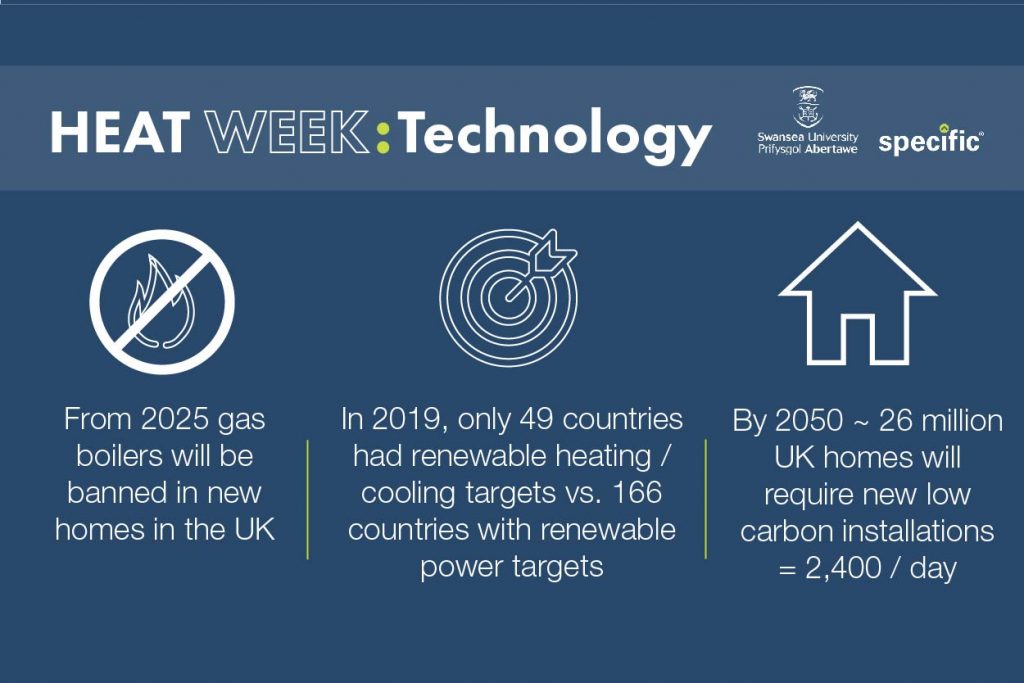Sharon Bishop, SPECIFIC’s communications manager and heating novice, calls for a joined-up collaborative approach.
Many years ago, I sat next to a member of one of the government’s energy advisory committees at a dinner. Like most people, I was aware that we had to reduce carbon emissions from energy, but it was before I worked in the sector and I had no idea how. So, I asked him.
“The trouble is” he said “there are many possible solutions. And too many vested interests lobbying for their own agendas. It is not a simple decision.”
As a result, choices about how to heat homes and buildings have largely been left to consumers – consumers who, like me, lack the knowledge, confidence or finances to change their heating system on their own.
I heard a similar sentiment at an online heat conference I attended a couple of weeks ago. The need for engagement with users echoed throughout the two days, but there was also call for cooperation and collaboration within the sector: for organisations and companies to work together to deliver solutions with clearer messages, instead of competing with each other.
Does collaboration matter in a competitive market? Yes, it does. A successful transition to low carbon heating depends on all of us, throughout the supply chain, being aware of, engaged with, and demanding the best alternative technologies for our homes and businesses. Competition within the space will drive innovation; however clear, unbiased feedback from early adopters, installers and industry is needed for consumers to engage and have confidence in the solutions available. Ultimately, meaningful engagement is essential to the creation of a successful, sustainable market.
So as our focus for heat week shifts from building design to the technologies that are commercially available now, we’ll be sharing stories from some of the companies we have collaborated with – companies that have successfully brought low carbon heating technology and systems to market.
For more info on how we can support your company head to the working together page.
And for a great non-biased overview of the different types of technology that are available for buildings, take a look at Joanna Clarke’s Active Building Technology Showcase.


